Light Strike was a new wine in old bottles idea I had a while ago, a concept based on modernising Cold War-era ideas of a highly mobile anti-tank screening force.
Without falling into the trap of drawing cast iron conclusions from Ukraine, thought it might be interesting to revisit.
Russian performance in Ukraine should not be used as a cast-iron indicator of Russian performance in a future conflict. Does NATO want to bet on Russia learning nothing and doing nothing?
Old Wine
The idea for an air-mobile light infantry force with a preponderance of ATGW, at least for the UK, has its genesis in the post-Falklands era. In 1983, 6 Infantry Brigade, part of 1 (BR) Corps, were renamed 6 Airmobile Infantry Brigade, a two Battalion brigade. Trials took place in 1982 during Exercise Lionheart.
The trials of 6 Brigade of 1st British Corps in an airmobile role have begun, and the first results in Exercise Lionheart were distinctly encouraging.[1]
The experiment used the 6 Airmobile Brigade as a Corps reserve, flying small teams forward to take up defensive anti-tank positions. After some success, the role passed to the 24 Airmobile Brigade, with the 6 Brigade converting to armour in 1988.
In the years that followed, the 24 Airmobile Brigade developed the capability.
Also in the late eighties, the NATO Northern Army Group Commander noted the potential for this as a larger operational reserve concept for the NORTHern Army Group[2] (NORTHAG). However, by the late eighties, the momentous changes in the Warsaw Pact countries and the Soviet Union began to unwind the threat, and efforts to further develop the concept slowed.
Despite this, and as part of NATO re-organisation in the early nineties, Exercise Certain Shield in 1991 tested an ad-hoc Multi-National Airborne Division (MNAD).
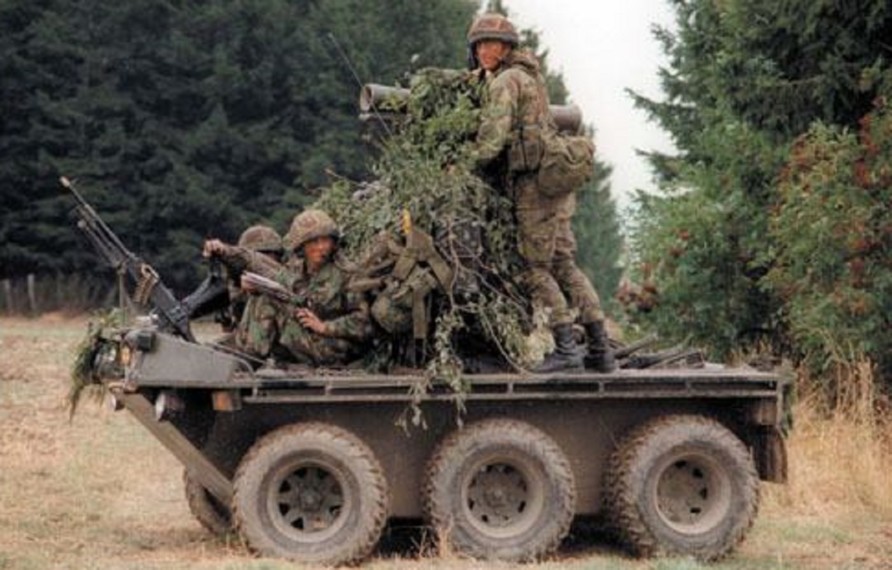
The fundamental requirements for the MNAD were:
To be able to deploy up to 120 km regardless of ground conditions and obstacles
Sustain itself for 48 hours and redeploy 48 hours after withdrawal
Block, contain or delay an enemy penetration
Secure a line of departure for friendly formations
Provide flank protection
Or in other words…

It is important to note that it was designed to be used repeatedly, not just once shot.
In response to the intelligence of an impending Warsaw Pact invasion, reconnaissance teams would fly forward to determine the optimum positions to establish tank-killing zones using rapidly deployed Milan ATGW teams.
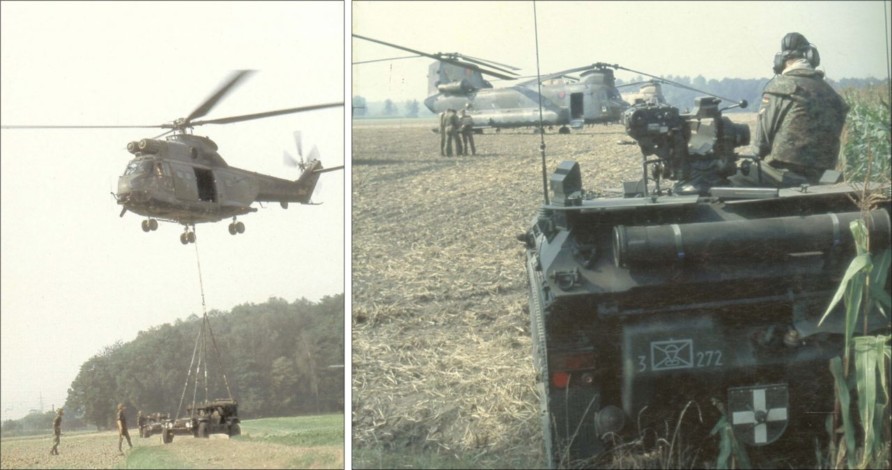
Once the positions had been determined, the Support Helicopters would deploy teams where they would hand dig field defences and lay in wait.
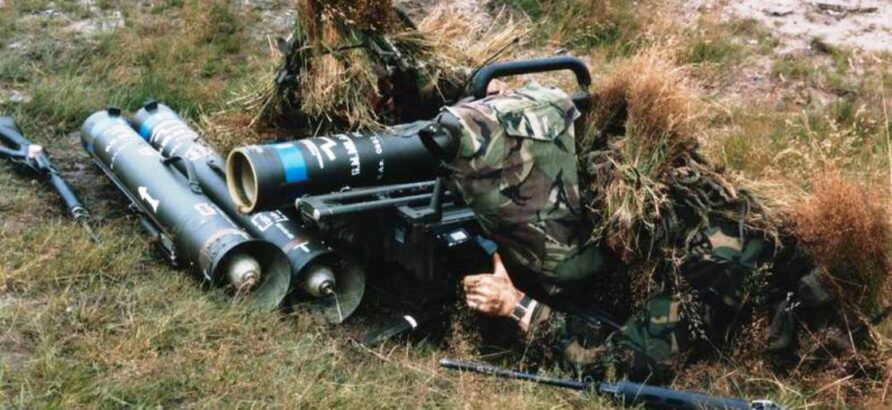
TOW missile-armed Lynx helicopters would also integrate and overlap with these positions.
Artillery was generally limited; the force was armed mostly with direct line of sight ATGW.
MNAD would go on to become MND(C)[3], with the 24 Airmobile Brigade joined by the Belgian Para-Commando Brigade, the Netherlands 11 Airmobile Brigade, and the German 31 Luftlandebrigade.
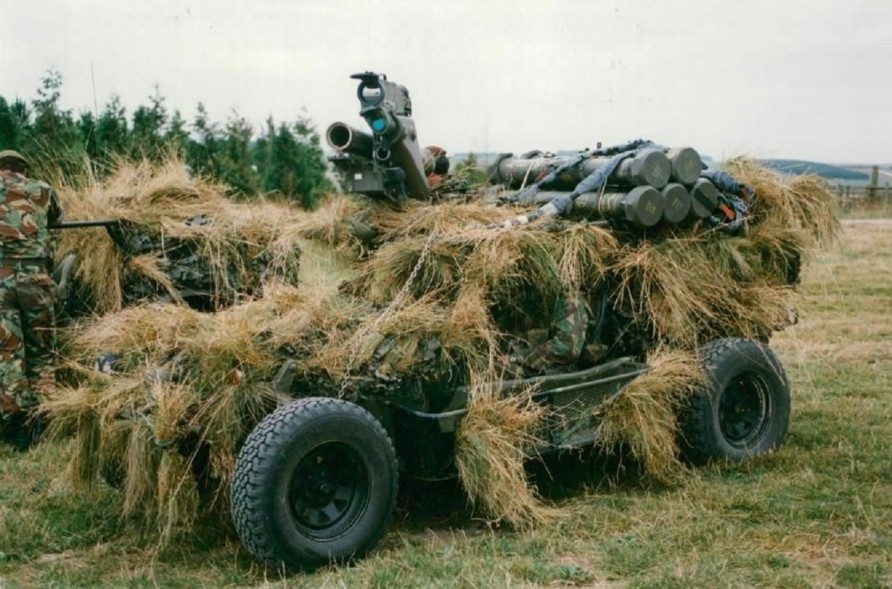
In September 1999, 24 Airmobile, 5 Airborne brigades, and 9 Regiment AAC, amalgamated to form a combined air assault brigade, what is now 16 Air Assault Brigade Combat Team.
Observations
Skip forward a few decades, does this concept still hold?
A few observations.
How Far to the Rear is Rear?
Improved enemy long-range detection capabilities mean that reserves are more vulnerable the closer they are held to employment areas. Long-range missiles also mean that basing areas can be held at risk by short-range ballistic missiles and long-range rocket artillery.
The logical endpoint of this is that the 500 km (ish) range[4] of an Iskander SRBM is the defining deployment range requirement of any future Light Strike force, accepting that Iskanders are unlikely to be launched from inside NATO territory.
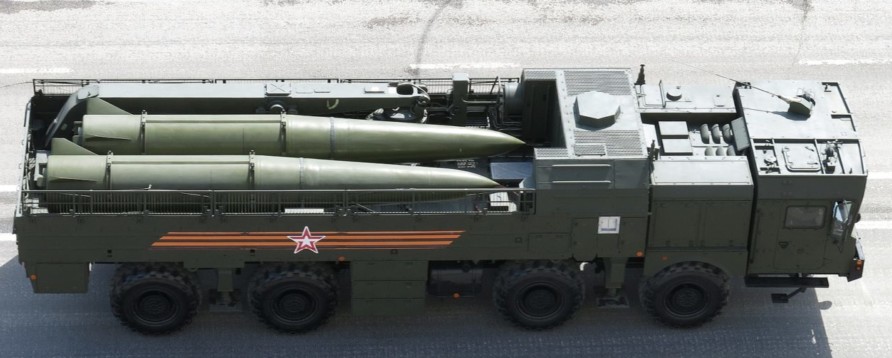
Either that, or use dispersal and concealment closer in to avoid being sucker-punched.
How they cover that 500 km objective is the next observation.
S-400 Force Fields and Other Circles on a Map
The MNAD force used a combination of UK and German support helicopters to cover their 120 km objective range.
One of the most significant recent trends in the employment of support helicopters in air manoeuvre is the increasing proliferation and capability of air defence systems, again, something clearly visible in Ukraine.
Although we are all used to seeing missile engagement enveloped described as circles on a map, they are not force fields. Even a modern integrated air defence system can be defeated, although this would require significant resources that are likely to be heavily tasked elsewhere[5]
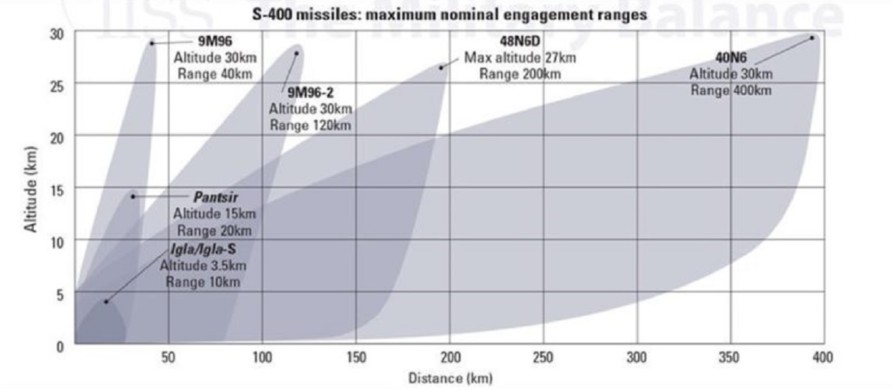
It seems unlikely NATO forces would fly support helicopters across the Suwałki Gap in response to an incursion into the Baltic States, for example. This leads to a decision point. Light Strike either accepts the risk of air operations in the potential engagement envelope of enemy air defences, requires significant SEAD/DEAD resources, or it stands off and deploys the last leg on the ground.
This latter option is preferable.
It will have to cover the last 100-150 km to its objective on the ground in most scenarios.
Operating on foot is excluded, some form of vehicle will be required. Light Strike would therefore likely operate as a vehicle-borne, airmobile force.
The air mobility leg could be either a Support Helicopter or fixed-wing tactical/strategic transport aircraft. The former would be at the outer extremes of typical operating range, but the flexibility of helicopters to fly low and land almost anywhere is obvious.
Fixed-wing aircraft can obviously travel much faster, carry greater payloads, and fly further, but they require fixed infrastructure. Landing on roads and tactical airstrips would provide some risk mitigation for fixed-wing aircraft
Being able to use both, affords greater flexibility and employment options.
The World Has Moved on Since Milan
ATGW are every bit as lethal now as they were in the days of Milan and TOW, arguably even more so. Missiles in service such as Javelins provide a 2 km plus fire and forget anti-tank capability with very high accuracy and lethality.
But even the Javelin is relatively long in the tooth[6].

Non-line-of-sight weapons like loitering munitions, guided mortar bombs, and even older missiles like Brimstone allow the firing/launch point to be separated from the operator/observer. This is important as vehicle APS develop, they will be integrated with fire control ‘slew to cue’ systems, networked with counter ATGW missiles and other means of negating the threat of small ATGW teams.
We cannot stand still, and do not want to be in close range ‘fair fight’.
Light Strike should use conventional ATGW, of course, but it should also exploit modern systems, especially those that provide stand-off attack options.
Trucks Are Just as Important as Tanks
In the MNAD concept, the assumption was the target set would be lead elements of an armoured column, but in more up-to-date scenarios, we might see airborne forces or various recce elements. As seen in Ukraine, high-value targets like air defence, artillery, or logistics can be acutely vulnerable to small mobile teams.
Direct-fire unguided weapons will have equal utility to guided weapons against these less well-armed targets where the risk environment allows them to be used.
Rising Tides
If Russian forces are going to take on Poland or the Baltic States, there will likely be rising tensions and an abundance of intelligence about where they will be.
It seems unlikely NATO will be surprised, so pre-positioning might be an alternative to rapid mobility.
Maybe a counterpoint to this proposal?
Area of Influence
Small UAS and other advanced sensors mean any given unit can cover a much greater area than before, where coverage was generally limited by direct observation.
Tethered or untethered UAS, or simply using ISTAR provided by satellites or aircraft, technology allows Light Strike to see all, and know all. (Terms and Conditions May Apply)
Counter Detection
This also applies to enemy forces, so counter-UAS and observation will need to be focus areas, cam nets and random foliage are just not enough.
Using NLOS weapons, off-route mines and other systems will also continue to counter-detection and survivability.
The first layer of the survival onion is don’t be there after all.
Human Factors and Logistics Support
The 48-hour mission duration was based on several factors, not least the ability to carry enough munitions. With a greater percentage of hitting the target, a wider range of weapons and the potential for uncrewed UAS sustainment, we might be able to extend. Human factors remain a constant, and important consideration if operating beyond a few days. During Certain Shield, a road party supported the airborne elements.
Combat Engineering
Concealment and protection of observation and firing points will require more than just some cam nets and tree branches, unlike the MNAD approach, there should be some combat engineering support for field defence construction.
New Bottles
The last time I looked at this[7], the working assumption was it would be a development of 16AAB, but I think this was flawed. It would be more applicable to utilise Light Role Infantry and Light Role Cavalry as the building blocks for a Light Strike Brigade.
We could also build Light Strike using existing equipment as a first increment; Land Rovers and Javelin, 81 mm mortars, quad bikes, Exactor and a radio link to a GMLRS.
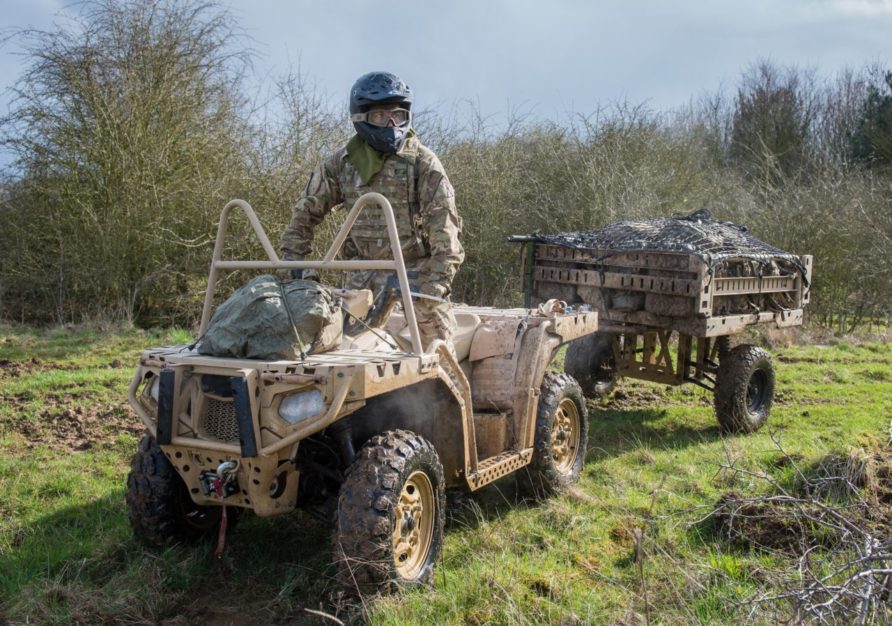
This would allow experimentation to take place, developing concepts of employment and requirements for follow-on developments.
To fully realise the potential for Light Strike there would need to be greater investment in vehicles, support equipment and weapons. Even these would be modest, mostly, or completely off the shelf.
We could go ultralight, quad bikes, ATVs and agricultural vehicles painted green.
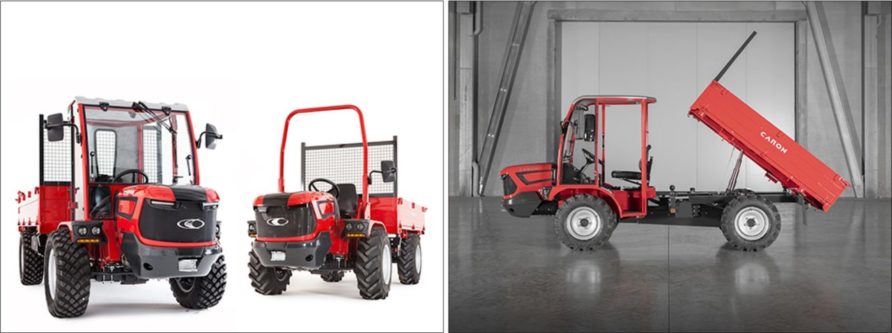
Or pickup trucks and other similar military vehicles.
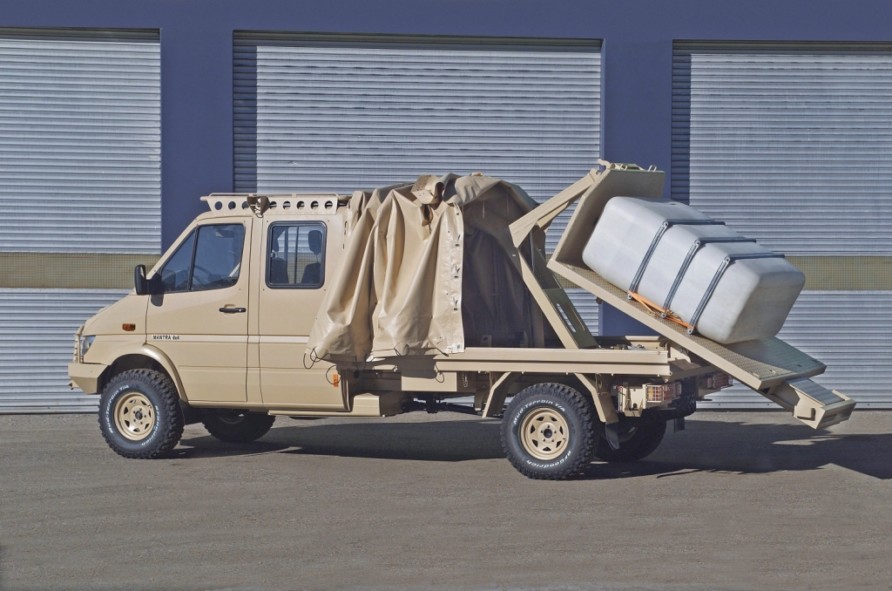
Or even light-protected or bespoke airmobile combat vehicles, although this would push the transport requirement up significantly.
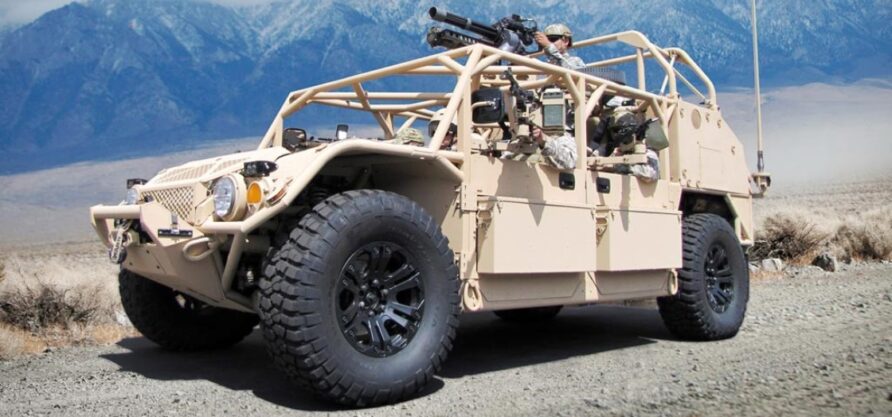
As with all these options, we trade one feature over the other.
For weapons, take your pick from the cast of thousands, mortars, missiles, and loitering munitions, there is no shortage of them.
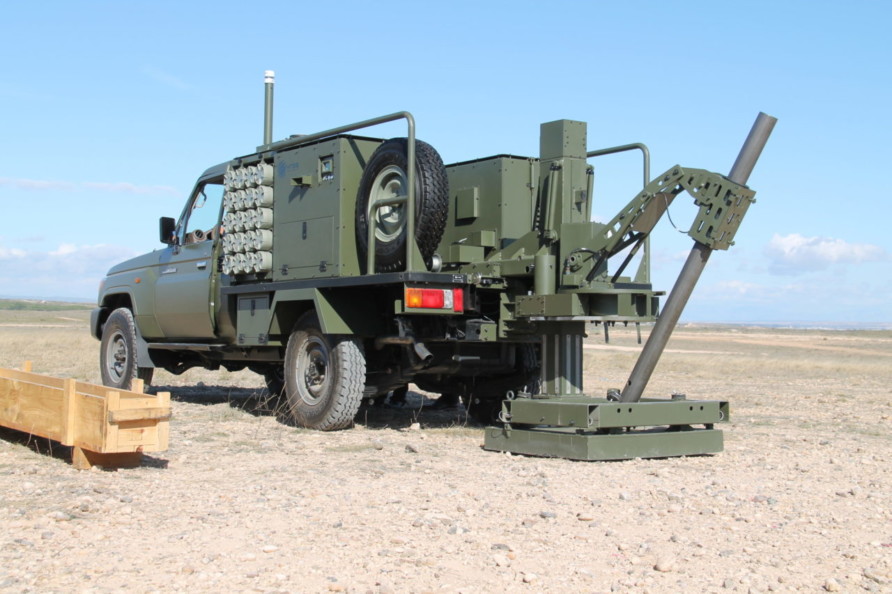
Before reading on, would you mind if I brought this to your attention?
Think Defence is a hobby, a serious hobby, but a hobby nonetheless.
I want to avoid charging for content, but hosting fees, software subscriptions and other services add up, so to help me keep the show on the road, I ask that you support the site in any way you can. It is hugely appreciated.
Advertising
You might see Google adverts depending on where you are on the site, please click one if it interests you. I know they can be annoying, but they are the one thing that returns the most.
Make a Donation
Donations can be made at a third-party site called Ko_fi.

Think Defence Merch
Everything from a Brimstone sticker to a Bailey Bridge duvet cover, pop over to the Think Defence Merchandise Store at Red Bubble.
Some might be marked as ‘mature content’ because it is a firearm!
Affiliate Links
Amazon and the occasional product link might appear in the content, you know the drill, I get a small cut if you go on to make a purchase
Summary
I certainly don’t want this to be considered an ‘Ukraine tells us x’ type of post because there will be a mountain of those and, in my view, far too early to tell. We need to complete some careful analysis of the facts, away from the harsh glare of social media hot takes.
That said, the concept of a highly (air/land) mobile and heavily armed response and ambush force had utility in the Cold War. There is no reason to suggest it does not have the same utility if it is considered one part of a combined arms approach to the collective territorial defence of NATO countries.
It could also be delivered relatively cheaply and quickly, at any scale, and to any NATO member nation.
Access to Support Helicopters is the main limiting factor, but even without this, the European road network can still afford plenty of high-speed deployment options.
Technology now enables floating like a butterfly and stinging like a bee to be much more bee-like (sensors and NLOS weapons), but the other folks also get a vote and potentially might have the same things.
Light Strike is not about any one individual piece of equipment, it is about balancing risk.
We managed it in the Cold War, can we do it now?
Have a nice SPIKE NLOS video to be going on with, imagine half a dozen of these vehicles mooching about near that infamous convoy in Ukraine…
P.S.
I will probably do a more detailed follow-up at some point, looking at the equipment options in more detail, component units and to try to square the ‘is it infantry or is it cavalry’ question!
References
[1] https://api.parliament.uk/historic-hansard/commons/1984/oct/22/the-army
[2] https://en.wikipedia.org/wiki/NORTHAG_wartime_structure_in_1989
[3] https://www.google.co.uk/books/edition/Military_Review/dD6s7INw8-4C
[4] https://missilethreat.csis.org/missile/ss-26-2/
[5] https://rusi.org/explore-our-research/publications/occasional-papers/modern-russian-and-chinese-integrated-air-defence-systems-nature-threat-growth-trajectory-and/
[6] https://www.thinkdefence.co.uk/javelin-anti-tank-guided-weapon-atgw/
[7] https://www.thinkdefence.co.uk/light-strike-brigade/
Read more (Affiliate Link)

Discover more from Think Defence
Subscribe to get the latest posts sent to your email.


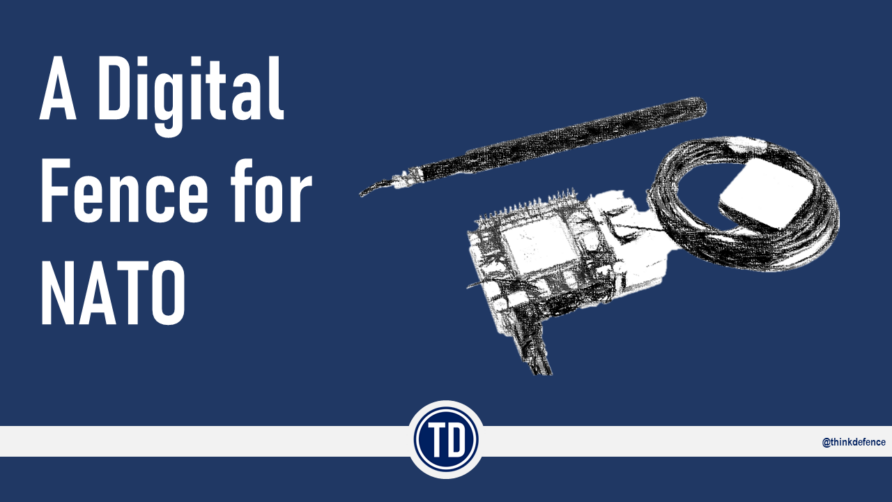
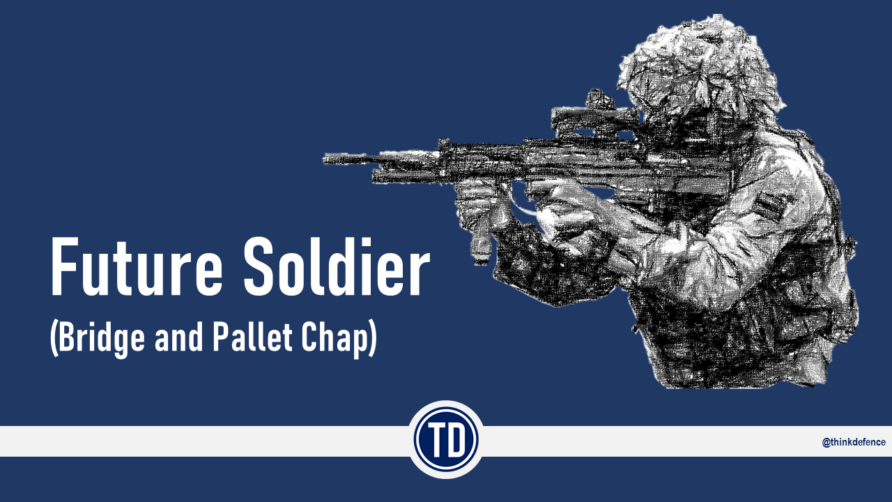
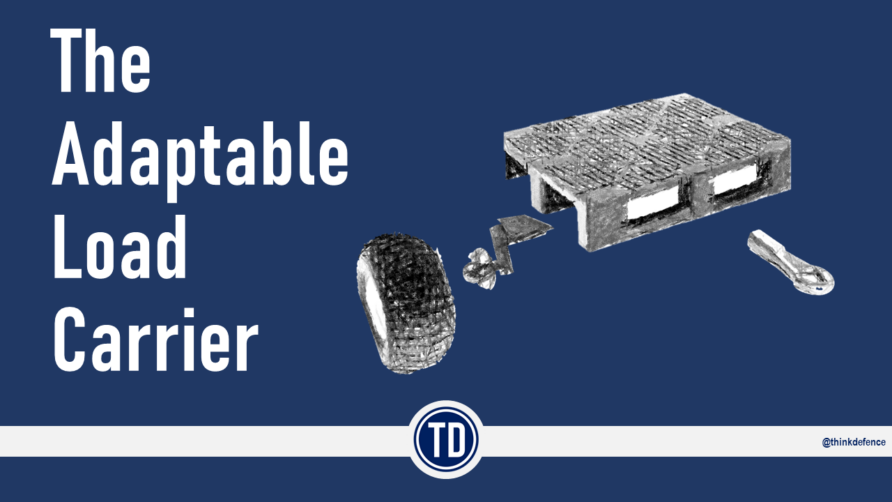
“it would be more applicable to utilise Light Role Infantry and Light Role Cavalry as the building blocks for a Light Strike Brigade.”
Hear, hear!
Great read, thank you.
Jbt
I think Iraq and now Ukraine are teaching us, it’s that helicopters are much more vulnerable than fixed wing aircraft on a high intensity battlefield. To get an entire Bde through the front lines would be a big ask, and the chances of most of the helicopters being able to return seems a bit hopeful too. This sort of high stakes operation would probably best be a para task: fixed wing can carry more vehicles for a given cost and is probably more surviveable :-)
The concept of Light Strike still has the same pros and cons as 35 years ago. The pros are that it can have some effect in destroying enemy vehicles, IF it can be got into the right position in time and has enough ammunition. In theory, Light Strike is cheaper and quicker to respond than a heavier force. The cons are that getting it into the right position, in time, is difficult, it does not have the protection or endurance to fight for long, and it is very difficult to extract and redeploy. All too often the only way out for forward units is an E&E that is hazardous, takes a long time and renders them ineffective while they’re doing it. Even 35 years ago, Light Strike was a seductive compensation for a lack of a proper all-arms armoured formation.
A Light Strike force, as previously envisaged, was/is quite different from a properly established and practised aviation BG, integrated with EW, fast jet, artillery and dedicated CSS. Short and medium range ballistic missiles have changed the picture since 35 years ago and we badly need to add this capability to our arsenal. There is no substitute for skilfully manned armoured, armoured infantry and light formations, backed by adequate CSS.
The old model of Close, Deep and Rear operations still has value!
The next milestone is drone swarm, but it raise ethic issues since by definition each swarm member has to be autonomous
A light strike force would need some defensive capability. LASER-guided 70mm rockets would be a cheap, lightweight defense against drones, loitering munitions and light vehicles you don't want to waste an ATGM on. Some of the drone defense systems available today integrate microwave directed energy weapons, MANPADS, LASERs and 30mm DEFA chain guns. The 30mm gun would also have a secondary use as protection against troops and light vehicles. Just those two systems would go a long way towards enhancing the survivability of light strike motorized unit. And they're relatively affordable and quite practical in this usage.